This entry was posted on January 7, 2022.
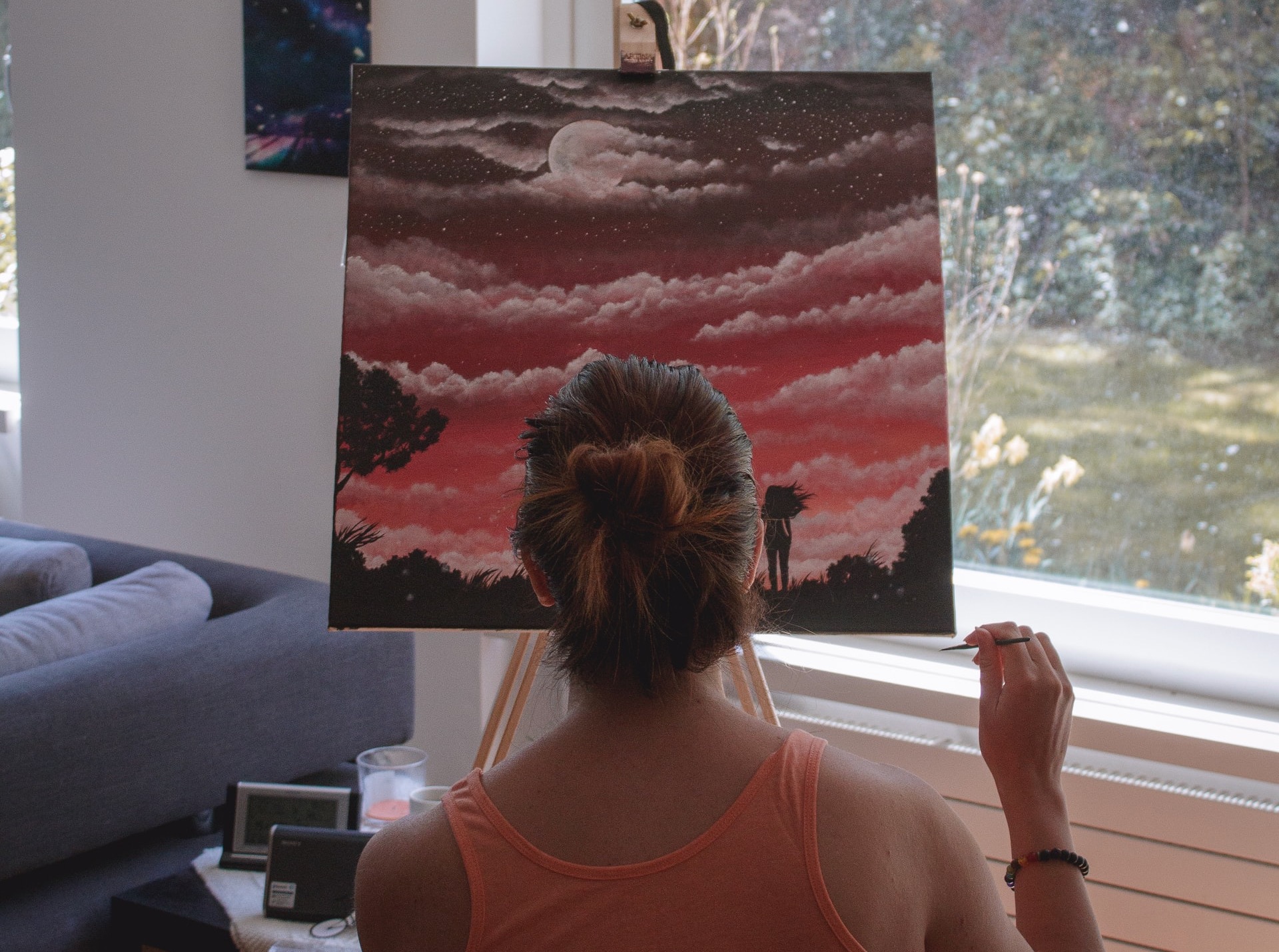
2021 was another whirlwind of a year. For many of us it brought more challenges, and at times made it difficult to enjoy the little things in life.
But with the new year comes an opportunity for a fresh start with a clear mindset. And for camera lovers, slow living photography is a great way to do this.
As the name suggests, slow living photography takes the process of capturing images, and slows it all down. It’s where the slow living philosophy meets photography. And it's perfect for photographers who want to reconnect with the here and now.
Are you ready to create some incredible and unforgettable photos? Then you’re in the right place. Let’s kick off this year with a (slow) bang!
In this blog post, we explore a more mindful way of using your camera. We'll shine a light on the ideas behind slow living, and how to use them to make the most of your 2022 shoots.
What is slow living photography?
Slow living photography emphasises intentionalism, by giving each click of the shutter an extra second of thought.
Based on the principle of connection, its roots are in the Slow Living Movement; this all kicked off back in the 1980s with Carlo Petrini.
At the time, McDonalds wanted to open a restaurant in Rome. But Petrini was having none of it, and he took part in protests against the corporation. A few years later, and with the same passion, he went on to start the Slow Food Movement. The gastronomical movement promotes traditional cooking as a way of connecting with life, countering modern fast-food culture.
In the following decades, Petrini's Slow Food ideas influenced other areas of life. And in 2004 Carl Honoré coined the phrase 'slow living' in his book, In Praise of Slowness: Challenging the Cult of Speed.
Photography welcomed the slow living ethos, and slow living photography was born.
Just as a yogi mediates to connect with their body, slow living principles allow photographers to connect with their craft. But unlike genres of photography such as landscape or portrait, slow living is more of a photography process.
By slowing everything down, and thinking a little more, the finer details of an image can be brought to life. This way, a greater connection forms between photographer and subject.
Slow living photography also goes beyond operating the camera. It makes a photographer think about their environment, and how it will influence the philosophies that an image creates.
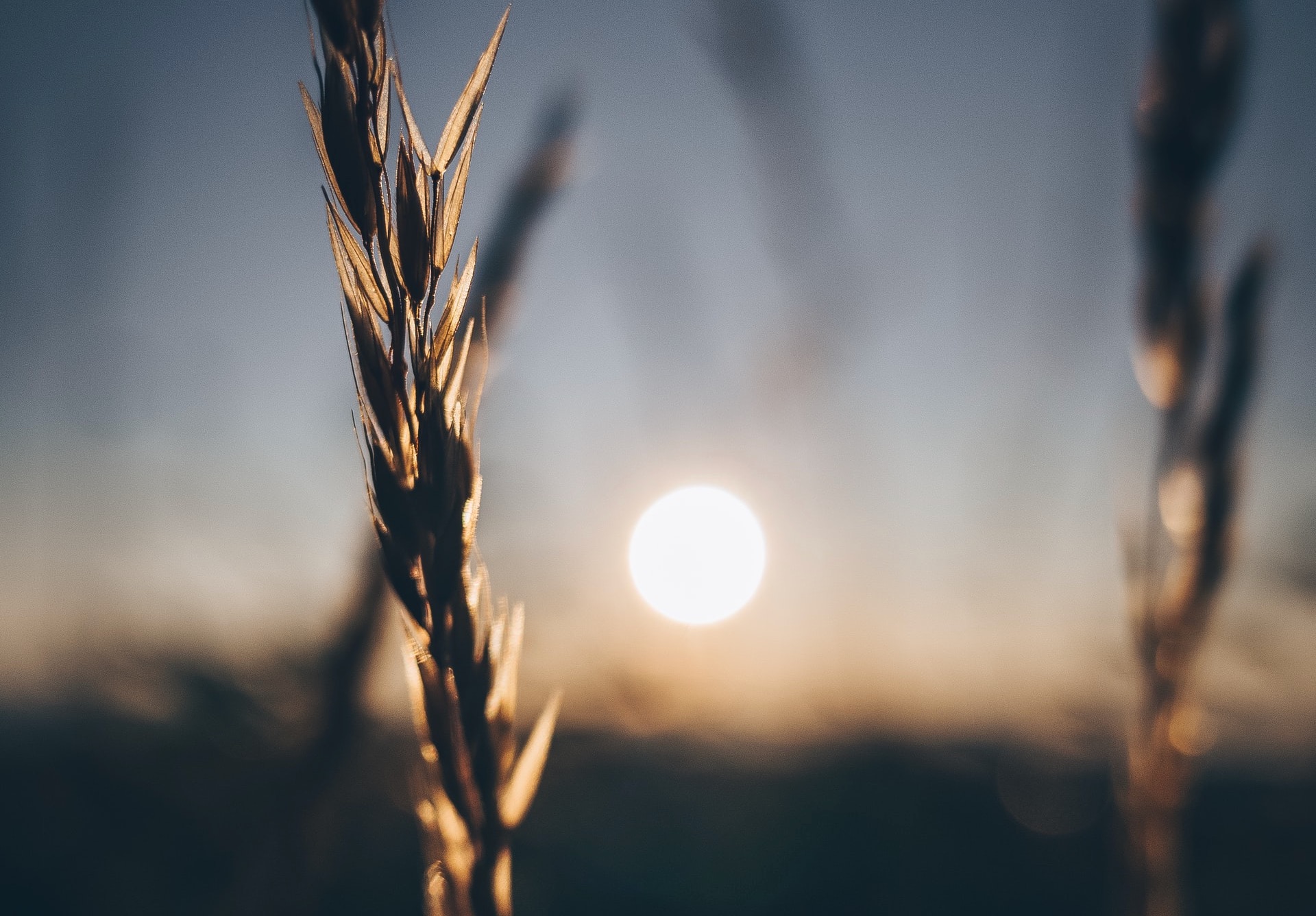
Taking slow living photographs
Shooting slow living photography will improve your eye for detail, and minimise the role luck plays in creating great photos. But you can only achieve this with a little know-how.
Setting up a shoot
Making sure your environment gives off a relaxed atmosphere will help subjects to loosen up. And it will also set a slow living scene in the background of your photos.
Every decision you make will impact how your images 'speak' to those who see them. So before pulling the trigger, take some time to check your surroundings.
Camera technical requirements
Slow living photos can be snapped with any camera. But cameras with the following technical specs will make your images stand out from the crowd.
Lens interchangeable system
Having the freedom to make decisions about the way your photos turn out is a big part of slow living photography. And having the ability to swap out lenses gives you this.
Take portrait photography, for example. An 85mm lens will create beautiful headshots, bringing out the features of the face. But full-body shots look great with a 50mm lens.
If you rock a compact or any other fixed lens camera setup, then don't stress. You can still shoot in a slow living way, but you won't be able to reflect this like you would with a mirrorless or DSLR.
Cropped vs uncropped sensor
There's no best option here as both sensor formats have their pros and cons.
You could argue that a full-frame sensor is better for slow living pictures as it captures more light, and, therefore, more detail. But the lens you combine it with will also influence how your images turn out, so it's really up to you.
It's best to do a bit of research, and see which sensor format best creates the slow living ideas that you want to portray.
High resolution
Slow living teaches us to appreciate the smaller things; the best way to capture this in your images is with high resolution.
You don't need a top of the range camera. But don't sell your photos short with low resolution and lots of noise.
Cameras for slow living photography
These cameras all have great resolution and are lens interchangeable. They'll help you to capture a slow lifestyle, and there's one for all budgets.
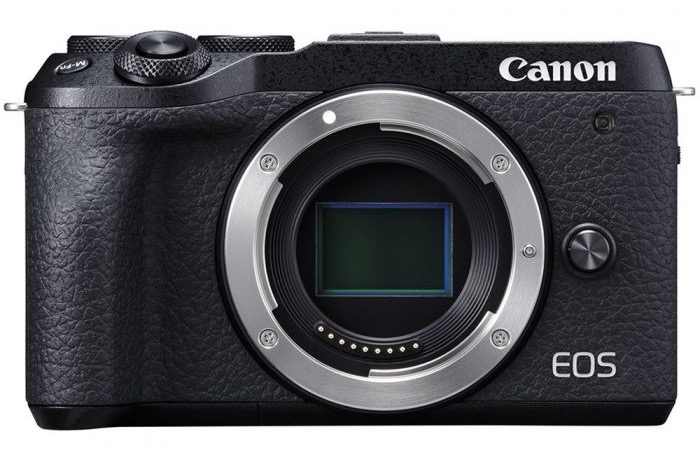
Budget: Canon EOS M6 Mark II
The EOS M6 Mark II is a cropped-sensor DSLR that packs a 30-35MP resolution. At £839 it's a budget-friendly way into slow living photography. And of course, it has Canon's renowned colour-science.
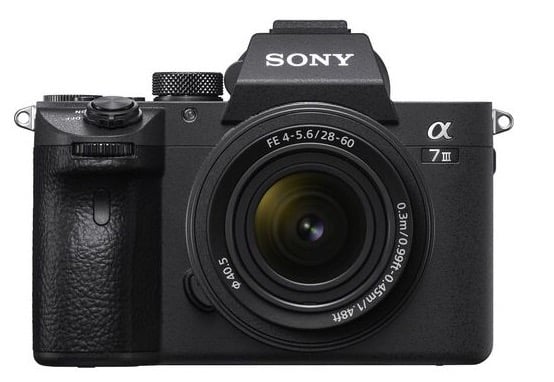
Mid-end: Sony Alpha 7 III
The Alpha 7 III doesn't have a whopping resolution at 24.2MP. But it is full-frame, and Sony's back-illumination technology improves dynamic range.
This is ideal for slow living photography, as you can bring more elements of an image into focus, and emphasise greater connection between subjects and their environments.
High-end: Fujifilm GFX Series
With their GFX range, Fujifilm is going all out on image quality. Each rig in the series has a large-format sensor, which captures the most detail possible, and has unreal megapixel resolution.
Slow living photographers couldn't ask for a better deal. You'll capture every minute detail, and have innumerable ways to express them.
Slow living photography top tips
Slow living photos catch the eye because they show life at a different pace and help to relax the mind. These tips will help you to achieve this.
Surroundings
Experiment with your environment to see which settings best suit the slow living mood you're trying to achieve.
Want to capture connection? Get people in your background. Want to emphasise relaxation? Fill your frame with warm colours.
Don't be afraid to use a bit of trial and error and move things around.
Colours
It may be tempting to take all your photos in colour realism. But sometimes, rolling back the clock and shooting in black and white can create some stark emotions.
The in-your-face contrast between black and white can intensify the expressions on faces. And it can also help objects that would otherwise go unnoticed to stand out.
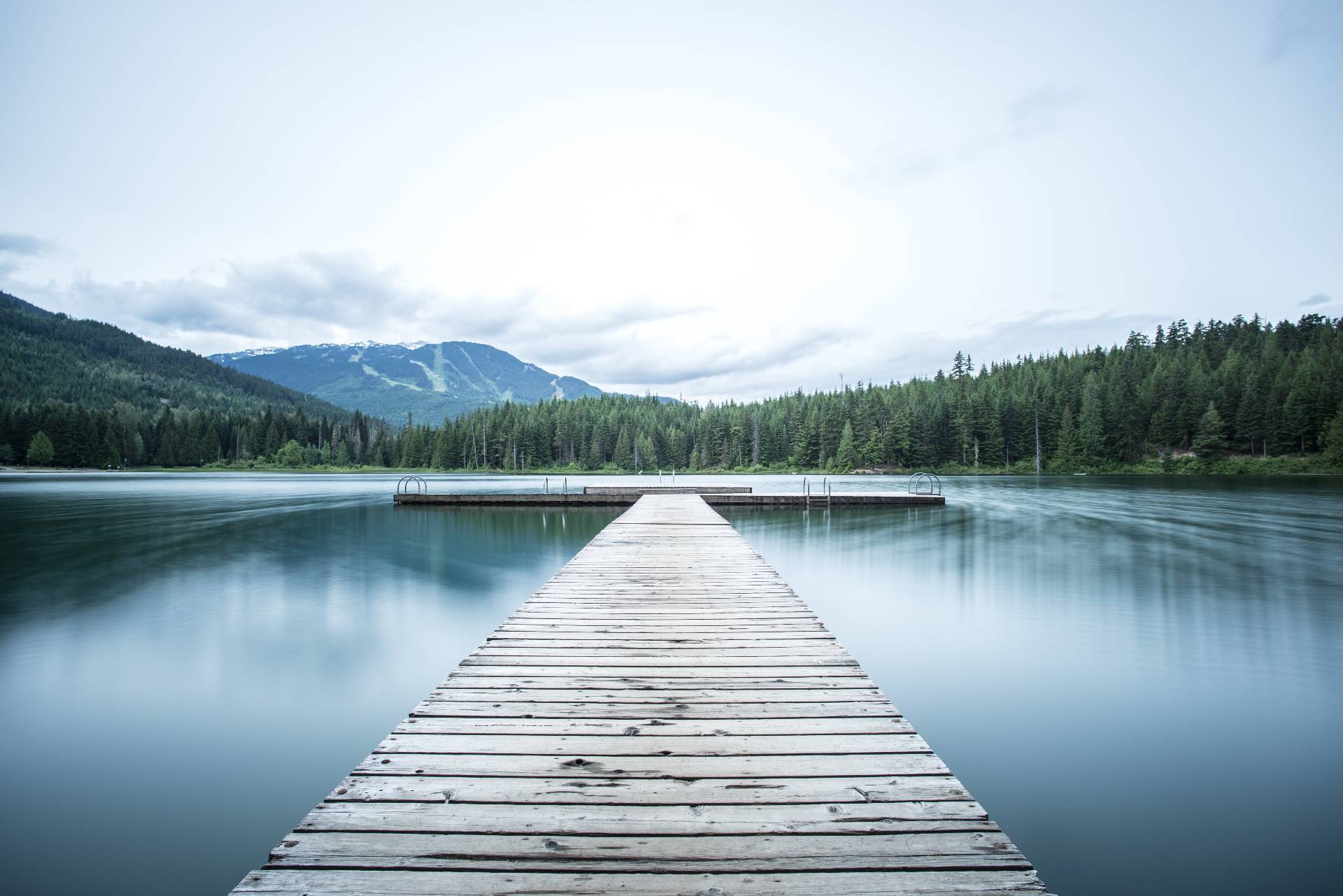
Slow living photography New Year's Resolutions
The tips that we gave you will definitely help you snap some thoughtful, slow living photos. But the art of this process truly lies within the mindset of whoever's holding the camera.
Flipping a switch and suddenly ‘living in the moment’ isn’t possible. A mindful approach takes time to develop, but slow living photography can help this process.
So, if you're a photographer, and your 2022 New Year's Resolution is to shift your focus back to the present, then give slow living photography a go!






